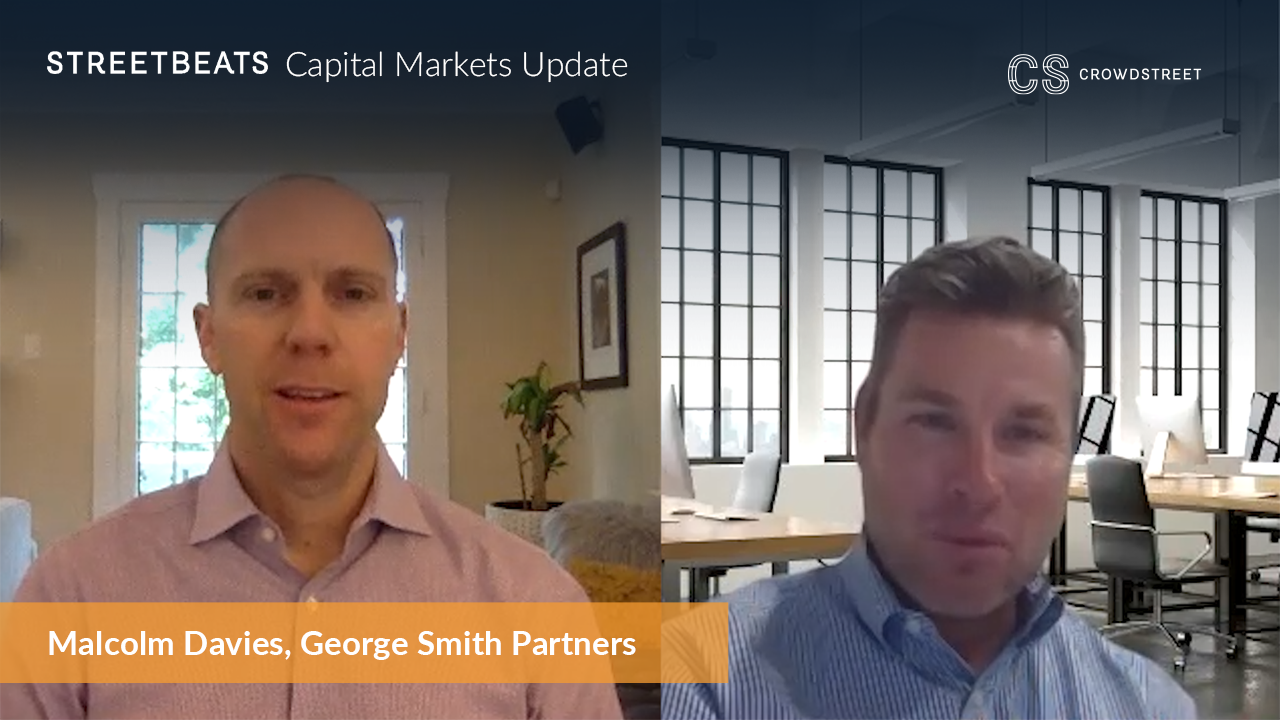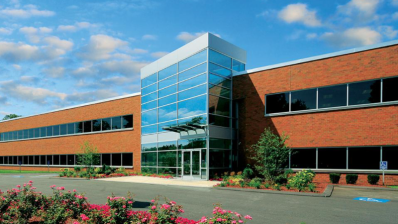
Crowd Street's Ian Formigle is joined by Malcolm Davies to talk about what's happening in the capital markets: the number of jobs gained last week and the market's response, changes to the Main Street Lending Program, and what school reopenings might look like.
